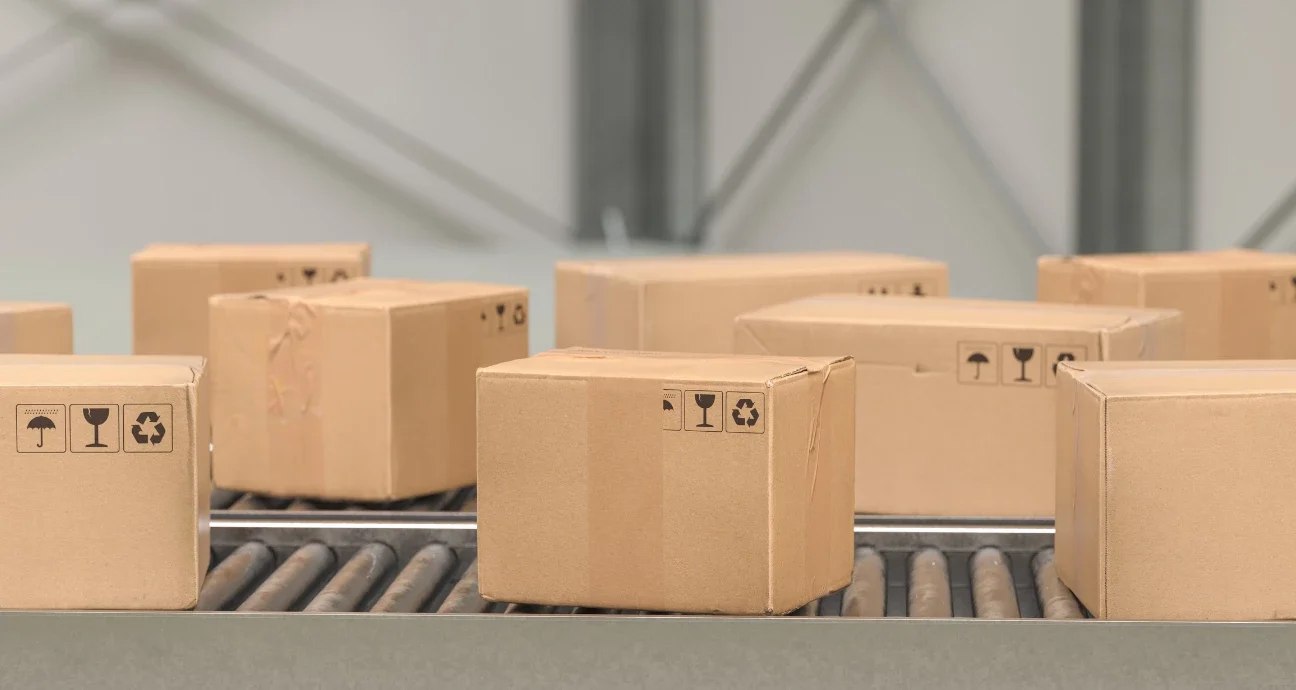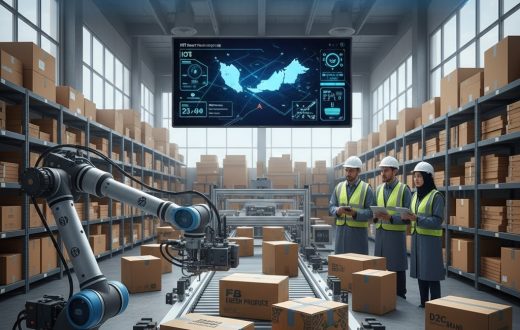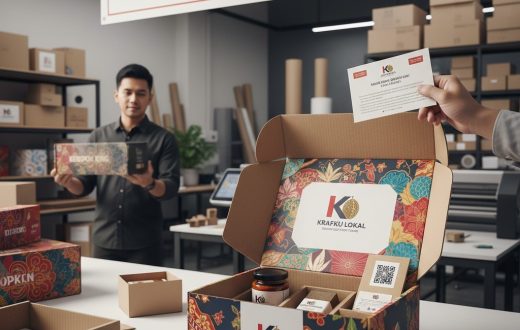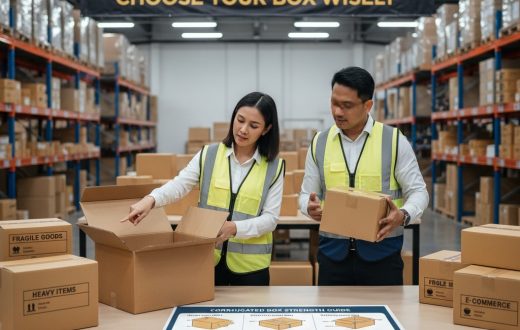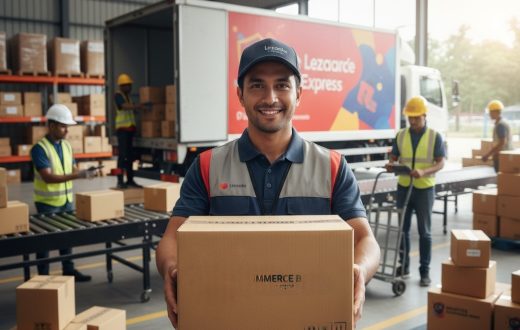In today’s eco-conscious world, businesses are increasingly turning to sustainable packaging solutions to reduce their environmental footprint. Among these options, corrugated cardboard packaging stands out as a top choice for its numerous environmental benefits. From responsible sourcing to toxin-free materials, corrugated packaging offers a compelling case for businesses looking to support sustainability initiatives.
Let’s delve into how utilizing corrugated packaging can not only benefit your business but also contribute to environmental preservation.
Environmental Benefits of Corrugated Packaging Materials
1. Recycled Material: Eco-Friendly Packaging
Corrugated packaging offers a notable ecological advantage as it primarily consists of recycled paper sourced from items like cartons or newspapers. This recycled material can be easily broken down and reformed into corrugated boxes, providing businesses with an eco-friendly and renewable packaging solution.
Furthermore, most corrugated packaging is manufactured without dyes or bleaches, enhancing its sustainability compared to materials containing contaminants. With paper being one of the most widely recycled products globally, corrugated cardboard utilizes recycled paper as its foundation, featuring three layers of paper with an inside and outer liner, along with a ruffled sheet in between, offering various grades in strength and thickness
2. Corrugated packaging offers reusability
Not only is corrugated packaging easily recyclable and renewable, but it can also be used multiple times, further reducing packaging costs and environmental impact. Many corrugated case styles are collapsible and reusable.
Given their durability, most boxes are not immediately discarded. Corrugated packaging is known for its strength and ability to support various weights, allowing cases to be reused for different products. Additionally, consumers can repurpose them for storing documents or as floor protectors when redecorating. When no longer needed, corrugated boxes can be easily recycled.
3. Saving Energy with Corrugated Packaging
Corrugated packaging offers significant energy savings due to its high percentage of recycled materials. Unlike products made from virgin materials, corrugated boxes are typically produced using locally sourced recycled content. This not only reduces the need for excessive transportation but also minimizes environmental damage.
By utilizing recycled materials, the manufacturing process requires less energy, resulting in lower carbon emissions. As a result, businesses can reduce their carbon footprint while also saving on manufacturing costs. This eco-friendly approach to packaging promotes sustainability and reduces environmental impact.
4. Reusability of Corrugated Packaging
Customers and businesses alike benefit from the reusability of corrugated packaging. These boxes can be collapsed for easy storage and reused for various purposes, from storing supplies to packaging products again. Even after its initial use, corrugated cardboard can find new life in practical applications or DIY projects. Its recyclability ensures a sustainable end-of-life disposal option.
Additionally, corrugated packaging’s durability allows for multiple uses, reducing packaging costs and environmental impact. Consumers can repurpose boxes for storage or protection, contributing to waste reduction efforts. Ultimately, when the packaging fulfills its purpose, it can be recycled, completing the cycle of sustainability.
5. Toxic-Free Advantage of Corrugated Packaging
Corrugated packaging offers a significant advantage over plastic alternatives: it’s toxin-free. Unlike plastics, which rely on petrochemicals in their production process, corrugated cardboard is manufactured without harmful chemicals. This ensures that the material is safe for both the environment and consumers. As corrugated packaging breaks down, it releases safe, organic materials instead of leaching harmful chemicals into the environment. By choosing corrugated packaging, businesses can prioritize sustainability and reduce their carbon footprint, contributing to a healthier planet for future generations.
6. Flexible Design and Eco-Friendly Printing
Cardboard proves to be exceptionally versatile in packaging applications, readily accommodating ink and taking on diverse designs. Through flexography or alternative techniques, it can be shaped and printed with ease. Moreover, the design process can be entirely eco-friendly, ensuring a polished, professional appearance. Water-based, non-toxic ink ensures environmental safety and delivers high-quality designs on cardboard surfaces.
In Conclusion
In conclusion, corrugated packaging offers a multitude of benefits that contribute to sustainability and environmental responsibility. Its reusability allows for multiple uses, reducing packaging costs and waste. Additionally, the use of recycled materials in production saves energy and reduces carbon emissions. Furthermore, corrugated packaging is toxin-free, providing a safer alternative to plastic.
With its flexibility in design and eco-friendly printing options, corrugated packaging emerges as a versatile and environmentally responsible choice for businesses seeking to minimize their environmental impact.


